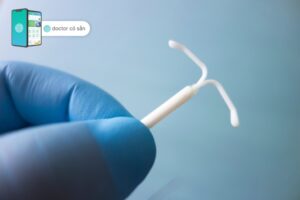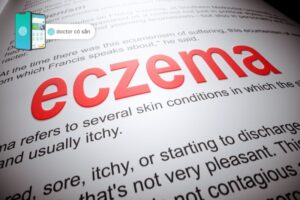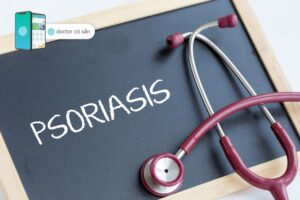To reduce the risk of infection, it is important to be aware of the typical HIV transmission routes. Taking appropriate precautions can help prevent infection. For those who are already infected, it is crucial to understand the modes of transmission in order to avoid spreading the virus to others. So, what are the ways in which HIV is transmitted? Discover the answers with Docosan in the article below.
Tóm tắt nội dung
Docosan provides home HIV testing solution
HIV is a disease that weakens the human immune system and is feared by many for its dangerous implications. For this reason, medical experts advise those at high risk to undergo early detection. In case of a positive result, prompt control measures will be taken to minimize the impact on health and prevent the spread of the virus to others.
Instead of going to a clinic, you can now perform the test in the comfort of your own home. This not only offers convenience and privacy, but also eliminates the fear of judgment from others with a positive result. Docosan is a provider of HIV/Syphilis test kits, allowing you to determine whether you have HIV or syphilis in just 15 minutes.
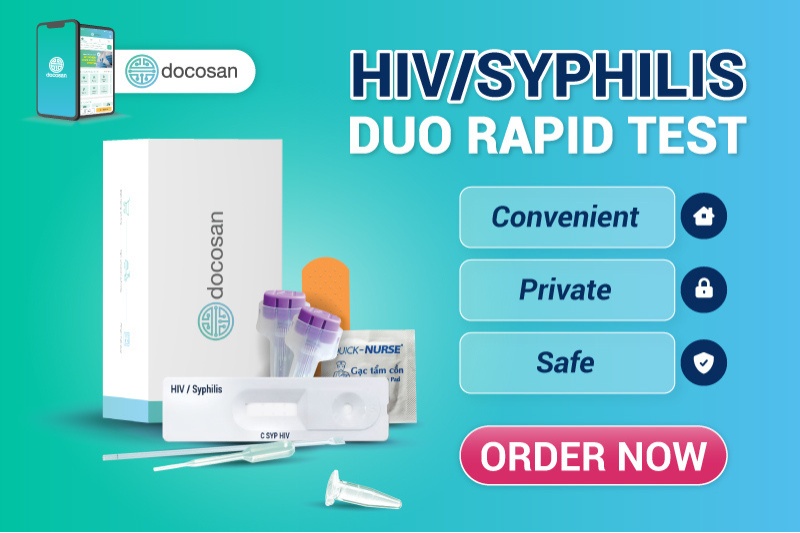
Additionally, if you receive a positive result, you will have access to a specialist for free consultation. The doctor will provide you with guidance on how to manage the disease, prevent its progression, and stop its spread to others.
Common HIV transmission routes
HIV is a human immunodeficiency syndrome caused by the virus of the same name, also known as an opportunistic infection that takes advantage of a weakened immune system. If left uncontrolled, it can progress to the final stage of AIDS, where the patient’s immune system is severely damaged, making them unable to fight off pathogens and, in the worst case, leading to death.
According to health experts, there are three main routes of HIV transmission: through blood, unprotected sex, and mother-to-child transmission.
Blood – The most common HIV transmission route
Health experts have stated that the most common and potent route of HIV transmission is through blood, particularly blood contaminated with the virus. Healthy individuals can become infected with HIV if they come in contact with infected blood through instruments that cause bleeding or blood products, such as needles, razors, toothbrushes, surgical tools, tattoo needles, eyelash tattoo tools, acupuncture needles, and blood transfusion equipment, etc.
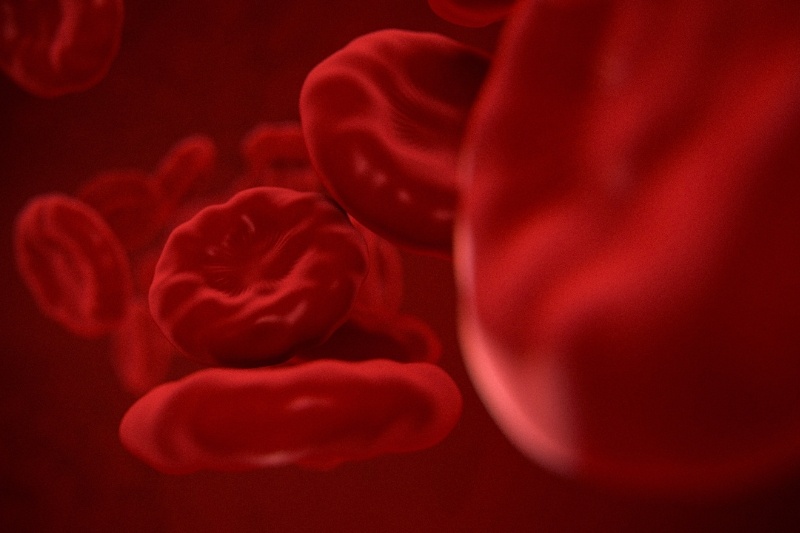
HIV is transmitted through unprotected sex
HIV is transmitted through sexual contact. As such, unprotected sexual activity is a major mode of HIV transmission. During rough sexual activities that involve exchange of bodily fluids, there is a high risk of infection for healthy individuals.
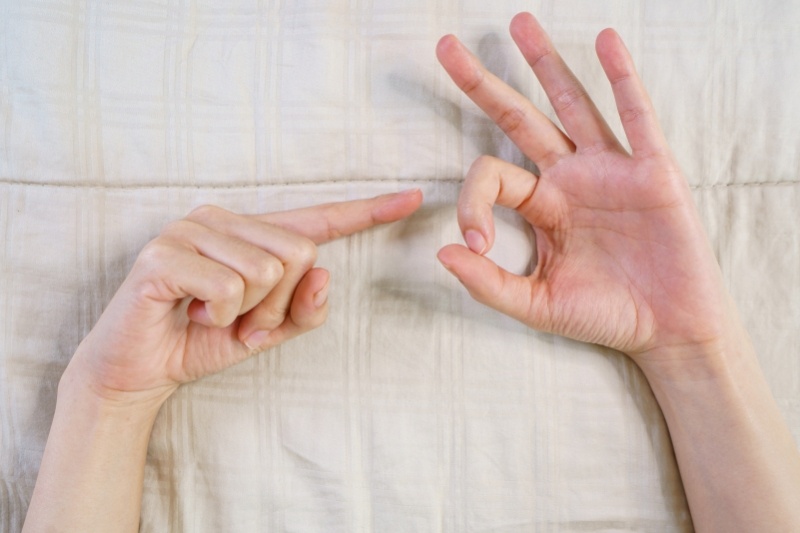
In addition to vaginal sex, unprotected anal and oral sex with an infected individual also increase the chances of contracting HIV.
HIV transmission from mother to child
In addition to the way HIV is transmitted through blood and unprotected sex, HIV can also be transmitted from mother to child during pregnancy, childbirth and breastfeeding.

However, being infected with HIV does not mean that you cannot get pregnant and give birth. With appropriate control measures prescribed by a doctor, a woman with HIV can still give birth to a healthy baby and not be infected with the virus. Infected people need to be treated with ARV drugs prescribed by doctors to suppress the virus with the aim of reducing the viral load in the body to a minimum.
Protection measures from HIV
Besides the routes of HIV transmission, the expert also pointed out ways that are unlikely to transmit the virus, which will help the bewildered subjects get the most accurate information.
- Air and water: HIV cannot survive long outside the human body, such as in air and water. The virus loses its infectivity by 90-99% within a few hours of exposure to air.
- Insects: Insects such as mosquitoes and ticks cannot transmit the virus from an infected person to a healthy one. They only secrete a small amount of saliva and do not transfer blood.
- Body secretions (saliva, tears, sweat, feces, urine, etc.): HIV is transmitted through bodily fluids such as blood, breast milk, and genital secretions. Other secretions such as saliva, tears, sweat, feces, or bloody urine are not infectious.
- Skin-to-skin contact: Acts such as shaking hands, hugging, or kissing on the lips with an infected person will not result in infection.
- Sharing toilets, swimming pools, dishes, drinking glasses,…: Using these items with an infected person will not result in infection.
- Non-exchange sexual activities: Without exchanging fluids during sex, the HIV virus cannot enter and harm the immune system.

Identify HIV transmission routes to take appropriate prevention measures
HIV can be transmitted through various means, but following the medical treatment plan prescribed by a doctor can reduce the risk of infection. To prevent infection, it is important to follow these measures:
- Use condoms during sex, as they are the only form of protection against HIV.
- Avoid performing oral sex if the health status of your partner is unknown.
- Do not share needles or other items that can easily cause bleeding, such as razors, nail clippers, toothbrushes, etc. with an infected person or any other object.
- Consider prophylactic treatment in high-risk situations.
- Healthcare workers who regularly come into contact with patient samples (such as doctors and nurses) should strictly follow safety protocols.
- Get tested regularly for HIV if you are uncertain of your health status.

The primary HIV transmission routes is through blood, which can occur through various activities such as unprotected sex, receiving blood from an infected individual, coming into contact with an infected person’s blood, or mother-to-child transmission during childbirth. Hence, it is crucial for uninfected individuals to exercise caution when handling an infected person’s blood and take the necessary precautions. In case of suspected infection, it is advisable to get tested as soon as possible using either a rapid test or PCR test.
The article is consulted from doctors and reliable domestic and foreign sources.




